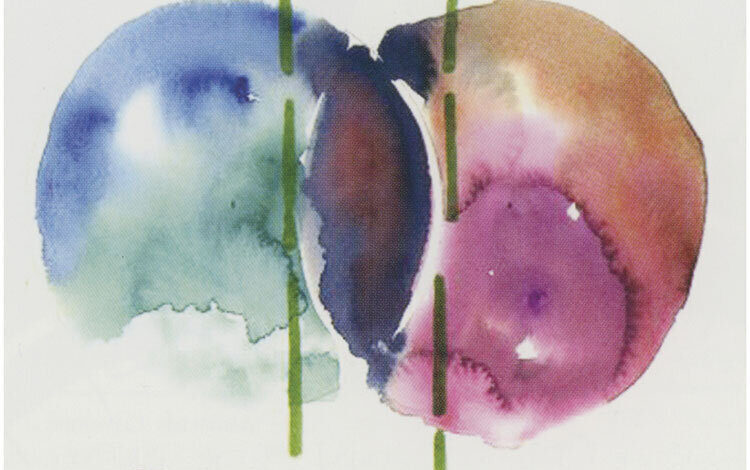Ecological Design- Sim Van Der Ryn and Stuart Cowan.
“Thinking ecologically about design is a way of strengthening the weave that links nature and culture.” (Van Der Ryn and Cowan, 1996:33)
This week’s blog post will discuss the key reading for theme 4, “Ecological Design” by Sim Van Der Ryn and Stuart Cowan. The book explores how ecological principles are applied to design, emphasising the importance of sustainable designs that consider the impact on our environment. The authors advocate for a shift in perspective from traditional, linear design thinking to a more holistic, ecological approach. Like many of the theorists we have covered in the course thus far, they stress the interconnectedness of all elements of our environment and the need to consider the long-term consequences of design decisions, defining ecological design as “any form of design that minimizes environmentally destructive impacts by integrating itself with living processes.” (Van Der Ryn and Cowan, 1996:33)
The authors outline five fundamental principles for ecological design, summarized as follows:
Solutions grow from place- Conventional practices often overlook the importance of learning from and adapting to a place over time. The physical structure of a design should not only serve its intended purpose but should also contribute to the overall efficiency and sustainability of its environment. By doing so, designers can create spaces that harmonize with their surroundings, promoting a sense of belonging and sustainability.
Ecological accounting informs design- It stresses the need to understand and minimize the ecological costs associated with resource consumption, pollution, and habitat destruction. Seeks to minimize waste and energy consumption through efficient design strategies, recycled materials, and using renewable resources whenever possible.
Design with nature- Emphasizes the importance of studying and learning from natural systems. Over many years nature has developed efficient and sustainable solutions, and ecological design seeks to incorporate these strategies into human-made systems.
Everyone is a designer- This principle challenges the traditional roles of designer, participant, and user. “The best design experiences occur when no one can claim credit for the solution” (Van Der Ryn and Cowan, 1996:73) The authors believe that ignoring distinctions between designer, participant, and user is beneficial as it leads to more organic and community-driven design solutions.
Make Nature Visible- Users become more mindful and responsible as they actively engage with the technology. If a design requires people’s involvement it connects them with their own biological processes and encourages a sense of responsibility and mindfulness.
Upon reflection, I feel these principles are fairly realistic and would require more simple mindset shifts and more accessible lifestyle changes than other philosophical approaches I have read prior in the course. As a designer, I feel inspired by the approach and think it challenges us to see beyond the functional demands of a project and consider the broader impact on the environment. Though these principles are posed as an optional framework for change, I personally believe that adopting them should not be seen as an option but a responsibility.
Overall, I think “Ecological Design” challenges us to think beyond the current day and embrace a future where our designs not only coexist with our environment but actively contribute to its thriving. In my opinion, it is essential that writing like that of Van Der Ryn and Cowan is widely endorsed within the design community, and made accessible to the next generation of designers. The responsibility of rectifying the environmental impact left by previous generations lies in our hands and I believe that redefining our approach to environmental consciousness and encouraging broader conversation surrounding our responsibility to the planet will be the foundation for change.
Designer of the week…
An example where Van Der Ryn and Cowans ecological design principles are already being used is within the concept of green roofs. Instead of viewing rooftops as merely functional, green roofs envision these spaces as opportunities for biodiversity, energy efficiency, and water conservation. By combining living natural materials and architectural design, they not only enhance the aesthetic appeal of structures but ‘help to create new wildlife habitats within urban environments or recreate habitats that were lost during development.’ (Green Roof Organisation,2023).
- Green roofs mimic natural ecosystems and integrate with the local environment.
- Optimize resource use on green roofs, minimizing the need for external inputs like water and fertilizers.
- Enhance building energy efficiency by providing insulation and reducing heat absorption.
- Focus on long-term durability and have minimal maintenance requirements to reduce the generation of waste over time.
- The community is involved in the design, use and maintenance of green roofs.
I personally think Green Roofs are a good example of a relatively simple change that could easily be applied to the majority of our future architectural design work. I think it demonstrates well that by making multiple small changes of a similar nature we can gradually come together across all design disciplines to contribute to wider change.
 https://www.greenrooforganisation.org/green-roofs/
https://www.greenrooforganisation.org/green-roofs/
References
Cowan, S. and Van der Ryn, S. (1996) Ecological design. Washington D.C: Island Press.
Green Roof Organisation. (2023). Green Roof Organisation. Available at: https://www.greenrooforganisation.org (Accessed: 18 Nov 2023)





